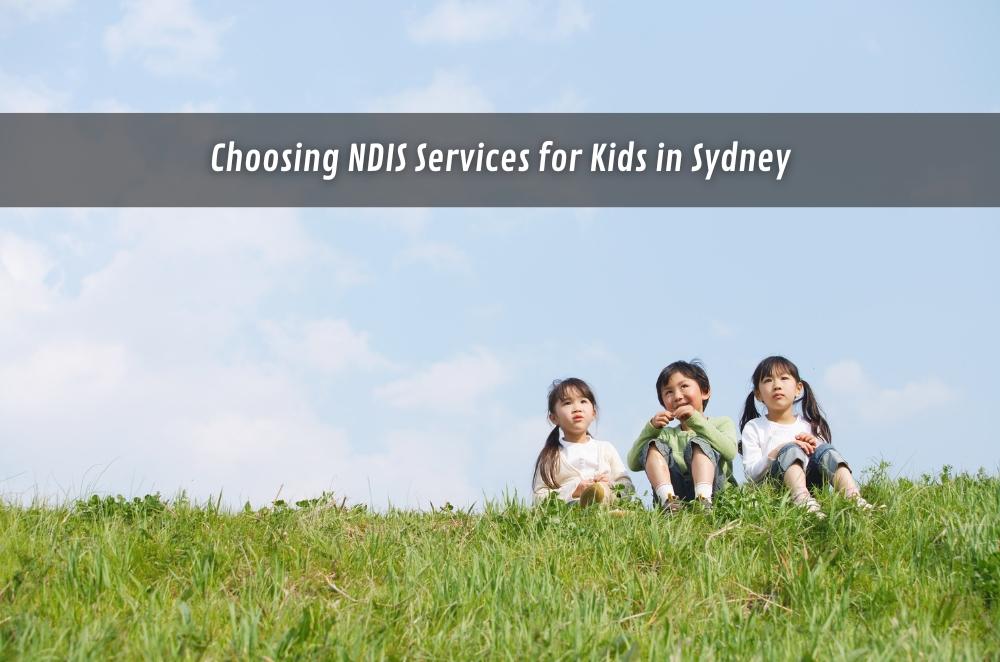Choosing NDIS Services for Kids in Sydney

Starting the NDIS can feel like walking into a crowded hall with no clear signs: paperwork at one desk, waitlists at another, goals lost somewhere in the middle. Families in Sydney often just want supports that fit school routines, home life, and a child’s own quirks rather than a glossy promise. The best way forward is usually to map out priorities—what goals matter, how far you’re willing to travel, and which providers explain progress in plain words. For many, beginning with NDIS services for children in Sydney provides a simple way to compare approaches, ask the right questions with a planner, and confirm what’s both reasonable and necessary.
What should families prioritise first?
Start with simple foundations: goals, budget, and travel. Keep choices tight by using child NDIS support options to rank providers who fit your child’s routine and report progress in plain numbers.
-
Clarify two or three functional goals.
-
Map weekly capacity for sessions.
-
Confirm travel time or telehealth.
-
Ask how outcomes are measured.
When I sit with parents, we sketch the week first—school, therapies, downtime. Then we match capacity to goals, not the other way round. A therapist who teaches one small, repeatable routine that sticks at home usually beats the hour crammed with activities. Capture wins in everyday terms: dressing faster, fewer meltdowns at pick-up, smoother mealtimes. Those are progress markers you can feel.
How do you compare therapies fairly?
Ask every provider for methods, timelines, and how parents will be coached. Compare like-for-like: session length, supervision, cancellation rules, and real costs.
-
Evidence-based practices with child-friendly goals.
-
Parent coaching is built into sessions.
-
Clear home tasks between visits.
-
Reports written in plain English.
A quick table helps: list providers across the top, criteria down the side, and tick what’s offered. I once swapped a “busy” program for a quieter plan with two focused goals and weekly check-ins. The second team sent short videos and a two-line plan after each session; the home carryover actually happened, and the gains turned up faster.
What signals show a provider is a good fit?
It feels steady. Communication lands, sessions start on time, and your child’s preferences show up in the plan.
Watch the small stuff: therapists kneel to eye level, model language you can use, and finish with one clear strategy for the week. Your questions are welcome, not dodged. If concerns arise, they propose a tiny experiment, then review the result in the next session. That rhythm—plan, try, review—builds confidence without burning everyone out.
Conclusion
Sydney has plenty of choices; you only need the handful that match your child’s needs and your family’s bandwidth. Keep the first plan deliberately light, let early wins stack up, and revisit goals after four to six weeks. If you realise something isn’t working, pivot early and keep notes so handovers are easy. Don’t forget logistics: transport, parking, school distance, and timing can make or break attendance. Reliable travel often gets overlooked, but it’s a key part of consistency—many families rely on NDIS transport in Sydney to make sure therapies stay on track week after week.
- Vibnix Blog
- Politics
- News
- Liberia News
- Entertainment
- Technology
- Educaţie
- Art
- Causes
- Crafts
- Dance
- Drinks
- Film
- Fitness
- Food
- Jocuri
- Gardening
- Health
- Home
- Literature
- Music
- Networking
- Alte
- Party
- Religion
- Shopping
- Sports
- Theater
- Wellness



